I am working on a project where we are optimizing a legacy codebase that used boilerplate jdbc code and in our new project we use springs jdbcTemplate. I've found the query times in the legacy code are twice as fast and am curious if its jdbcTemplate that's at fault or something else...
We use apache commons BasicDataSource (to provide the pooling). My question is, I'm not too sure if the pooling is actually working correctly. Below are my configurations...
data source
Wiring of the datasource
To analyze this, I start the application and wire up all the jdbc stuff and simply run the same query 100 times. I am also using log4j to get some metrics around the actual performance. 1 line will print the actual jdbc call time, and I have an additional wrapper around the entire jdbcTemplate call to see how long the entire thing takes (shown below)...
Edit: Adding image of RowMapper
Below shows what my logs look like...
DEBUG org.springframework.jdbc.core.JdbcTemplate - Executing prepared SQL query
DEBUG org.springframework.jdbc.core.JdbcTemplate - Executing prepared SQL statement [my select query]
DEBUG org.springframework.jdbc.datasource.DataSourceUtils - Fetching JDBC
Connection from DataSource
DEBUG com.custom.frameworkx.spring.datasource.DebugDataSource - before executeQuery() sql=my select query
DEBUG com.custom.frameworkx.spring.datasource.DebugDataSource - after executeQuery() [time=30ms] sql=my select query
DEBUG com.custom.frameworkx.spring.datasource.DebugDataSource -
DebugResultSet.close()
DEBUG org.springframework.jdbc.datasource.DataSourceUtils - Returning JDBC Connection to DataSource
Full jdbcTemplate call time: 119
Notice how the actual query time takes 30 milliseconds. yet the entire jdbcTemplate call takes 119 milliseconds. I assume this is from jdbcTemplate overhead like adding + releasing resources so I guess this might be acceptable but in the legacy version of this code the entire connection creation+query+resource releasing is still twice as fast.
While debugging through org.springframework.jdbc.datasource.DataSourceUtils.java, I can see the code goes to line 328, which to me doesn't really look like its returning the connection to the pool for re-use later, is this the expected behavior of springs jdbcTemplate? To me it looks like if pooling was working it should hit line 323.




